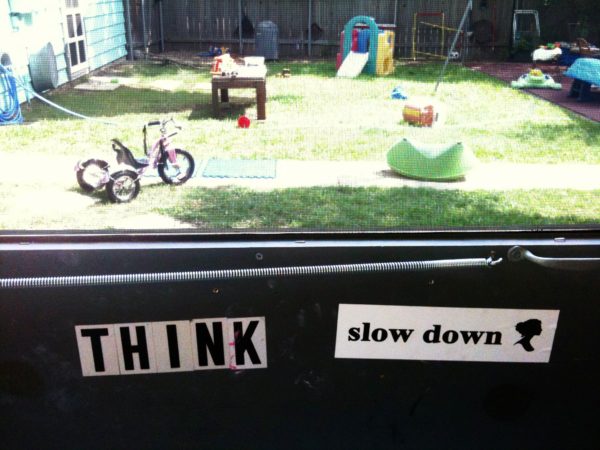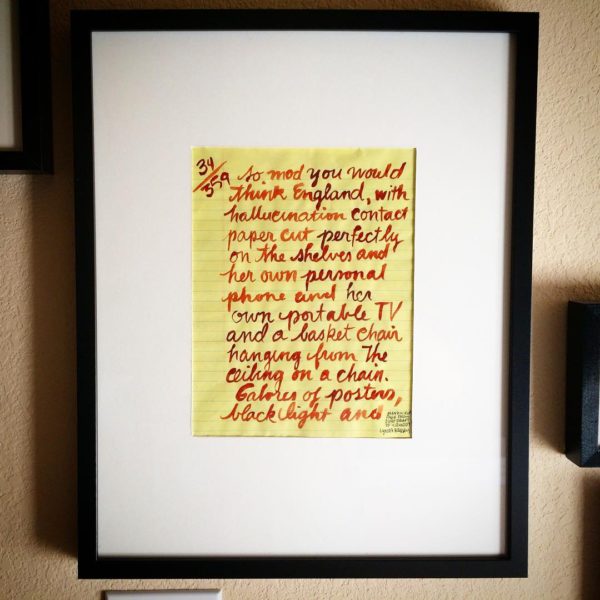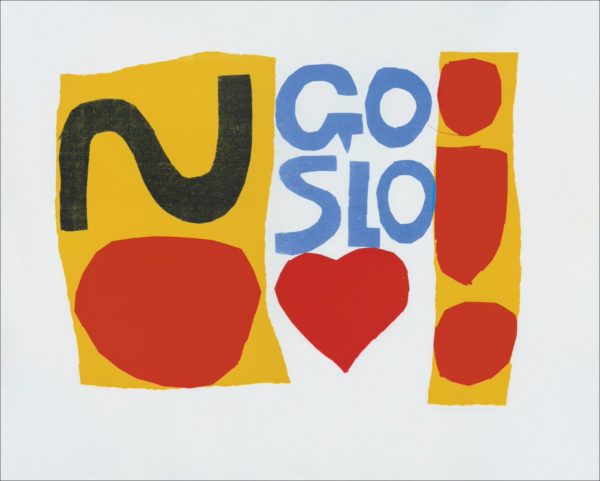
“The whole culture is telling you to hurry, while the art tells you to take your time.”
—Junot Diaz
It was my pleasure recently to be interviewed by Jocelyn Glei for her podcast, Hurry Slowly. We talked about analog vs. digital tools, how space affects your work, working by hand, and slowing down. You can listen to our conversation here.
“Hurry slowly” has its roots in an old Latin phrase: “Festina Lente,” or “Make haste slowly,” or “more haste, less speed.” (See: The Tortoise and The Hare.)
Here’s Robin Sloan, author of Mr. Penumbra’s 24-Hour Bookstore, on the phrase:
Festina lente should totally be a model for our age. I came across it just reading about the early days of printing and Aldus Manutius—the great printer who of course figures in the plot of my book. It’s his motto. I’m sure that you could translate it different ways—but the one I liked best is “make haste slowly.” And I just love it cuz it seems like a contradiction, but in fact it’s exactly right. It seems to fit our time really well, but I stole it from a guy 500 years old. Oh wait, maybe this isn’t new, maybe this is not a new feeling.
Here’s Erasmus in his Adagia, 500 years before Sloan:
[Festina Lente] ought to be carved on columns. It ought to be written on the archways of churches, and indeed in letters of gold. It ought to be painted on the gates of great men’s palaces, engraved on the rings of cardinals and primates, and chased on the scepters of kings. To go further, it ought to be seen on all monuments everywhere, published abroad and multiplied so that everyone will know it and it will be before every mortal eye, and there will be no one who doesn’t hold it of greatest use…
Later, Erasmus writes, “Things that ripen prematurely are wont suddenly to go limp. What grows slowly and steadily can endure.” Echoing Erasmus, about 360 years later, is Henry David Thoreau, in his journal entry for November 5, 1860:
I am struck by the fact that the more slowly trees grow at first, the sounder they are at the core, and I think that the same is true of human beings. We do not wish to see children precocious, making great strides in their early years like sprouts, producing a soft and perishable timber, but better if they expand slowly at first, as if contending with difficulties, and so are solidified and perfected.
“Let’s slow down,” Steinbeck wrote in his journal while working on The Grapes of Wrath, “not in pace or wordage but in nerves.”
Some of my favorite writers use older technologies to force themselves to slow down: Lynda Barry used a paintbrush and red ink on legal paper to write the first draft of her manuscript for Cruddy. This page hangs in my bedroom:

“People say, But with a computer you could go so much faster,” says David McCullough. “Well, I don’t want to go faster. If anything, I should go slower.”
“The real issue with speed,” writes film editor Walter Murch in his book, In The Blink of an Eye, “Is not just how fast can you go, but where are you going so fast? It doesn’t help to arrive quickly if you wind up in the wrong place.”
Finally, here is one of my favorite works by Corita Kent, which she sent to LBJ in 1963 “after reading that his wife Ladybird had been telling him to slow down.”

Top image: my friend Marty’s back yard — photo taken in 2010.